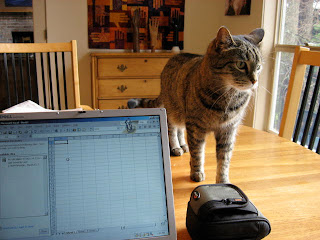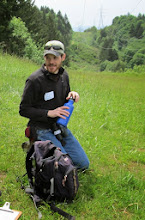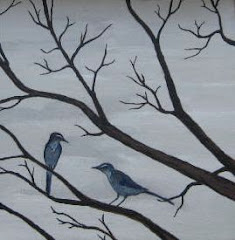Though our postal address says we live in Hillsboro, our neighborhood does not really feel like a part of that old farming town. We really live in Orenco Station, a shiny new high-density development filled with apartments, condos, large houses, and small trees.

Orenco gets its name from the Oregon Nursery Company, which was once located in the area. Not long ago, much of this area contained unwanted dumping grounds and grass fields. Now it is home to tech companies, a lot of used office space, and an exponentially increasing number of Starbucks.
When moving from Oklahoma, Sarah and I chose an apartment in this area because it is in walking distance of New Seasons, our favorite grocery store, and a stop on the light rail train that heads east into Portland.
The more affluent portion of the neighborhood is seen as a success in sustainable building.

Just outside of our apartment complex, there are large condo units that are in a constant state of refurbishment. I think they’ve been painted every other month.

Thanks to all of the work, one is never far from a bathroom while on a walk!

There are even Huxtable-like Brownstone units that will never afford.
As soon as the sun sets, there is hardly a sound to be heard as everyone retreats to their living rooms and widescreen TVs.

This is my favorite park to walk around, I love the way the condos are illuminated at sunset.
At first glance, the neighborhood may not look like much for birds, but we do see plenty. The community composition reflects the disturbed-human dominated habitat type: mourning doves, scrub jays, American crows, American robins, white-crowned sparrows and both types of goldfinches. A few pockets of native vegetation and trees provide additional species such as acorn woodpeckers, winter wrens, and warblers. Occasionly, we encounter sexy species like American kestrels nesting in the crevasses of the buildings.
We are happy to live here now, but we dream of moving to a rural area of Washington County in a house that is close to a U-pick berry farm and safe from the leaf blowers and homeowners associations of the suburbs.

 If you look close, you can see the blue sky and the snow!
If you look close, you can see the blue sky and the snow!















































